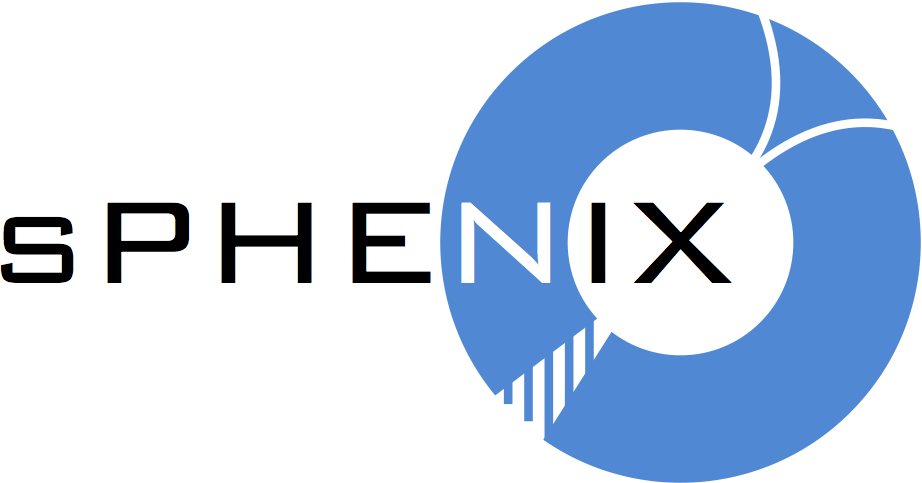Publication policy for sPHENIX notes:
- sPHENIX will prepare a “Performance Note” or “Physics note” for each performance or physics study to be presented in public
- Performance note: Under guidance of L2 managers or tracking group
- Physics note: Under guidance of TG conveners
- Each note should be prepared by a group of primary authors, with one of the primary authors designated as contact person.
- The internal primary author list for each note will consist of collaborators that made significant specific contributions to analysis or paper writing
- Each note will be given a unique ID, following a scheme of “sPh-Group-YYYY-##”, e.g. sPH-JET-2017-001 or sPH-TRG-2017-001
- For each note, a unique directory in a repository and a mailing list will be created, identified by the note ID. Each note should be accompanied by a wiki page, collecting relevant links, documentation, meeting notes, presentations etc
- Progress on each study should be reported regularly in subsystem, simulation or topical group meetings
- Once the study is considered final by the authors, it will be reviewed for content and considered for pre-approved by the subsystem/topical group conveners
- After convener/subsystem manager pre-approval, the note will be presented in a general meeting for collaboration approval
- Once approved, the text of the note will go for a one-week collaboration review. For each note, at least two sPHENIX institutions will be specifically asked to provide a report for the note, paying particular attention to the quality of language and presentation
- Once conveners and co-spokespeople are satisfied that all questions and comments have been addressed, the note will be frozen and made public on the sPHENIX website. Relevant physics plots will be prepared for public access through the website. For public presentations, the note ID should be quoted where relevant. Submission to the arXiv will be considered where appropriate
- When necessary, variations from the policy will be overseen by the project manager and spokespeople (e.g., for notes crossing boundaries between groups/subsystems)
